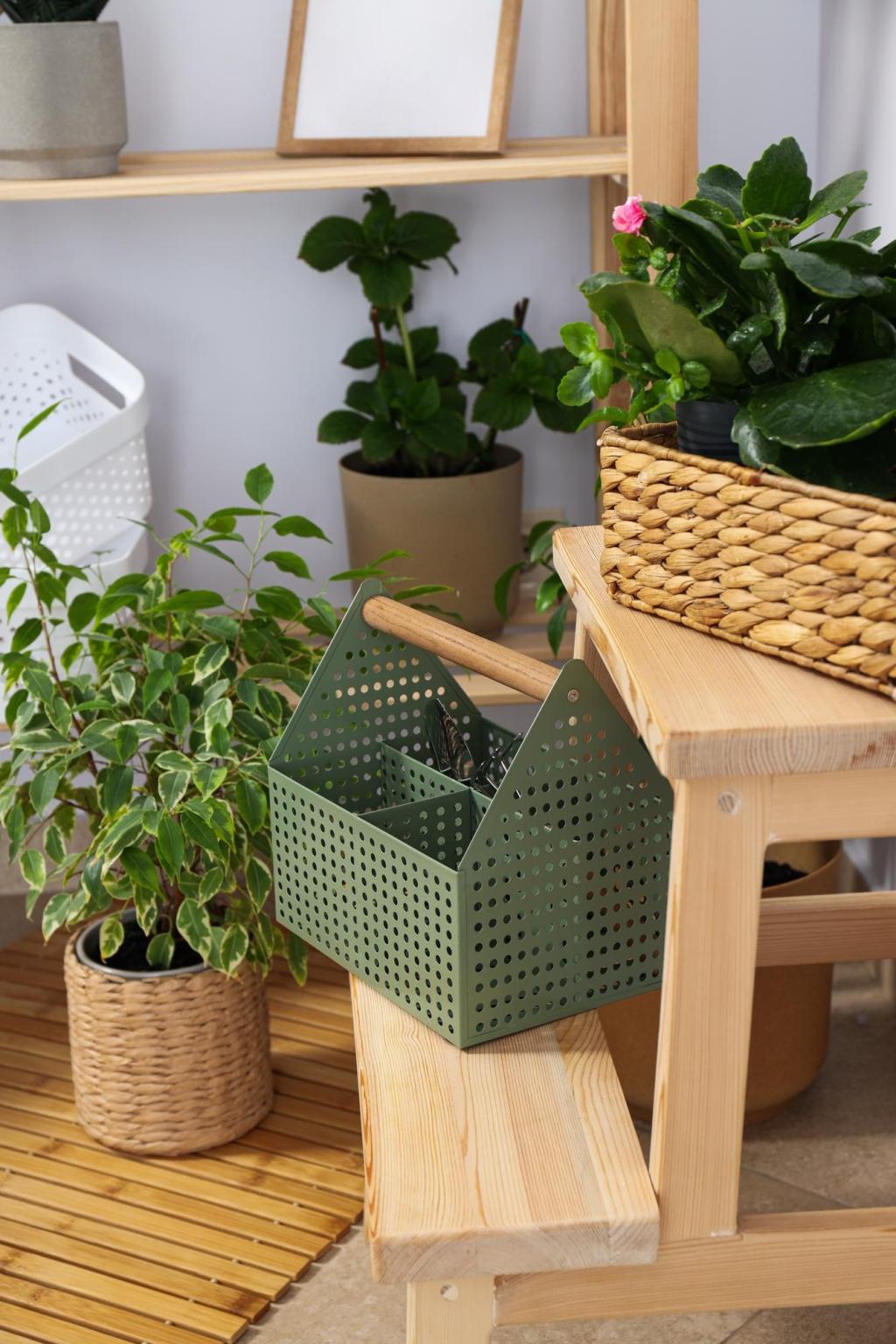Selected theme: Low-VOC Adhesives for Homes. Welcome to a healthier way to build, fix, and create. Explore smart choices that cut fumes, protect your family’s air, and keep your projects strong without the harsh odor.
What VOCs Are, In Everyday Terms
VOCs are gases released from products like paints and adhesives that can irritate eyes, lungs, and the brain. Low-VOC adhesives minimize this off‑gassing so your home’s air stays clearer, calmer, and more comfortable.
Health and Comfort Benefits at Home
Choosing low-VOC adhesives helps reduce headaches, lingering odors, and nighttime coughs, especially for children, older adults, and pets. It’s a practical, everyday step toward a safer, more relaxing living environment.
A Quick Science Snapshot
VOCs evaporate as adhesives cure, building indoor concentrations. Low-VOC formulations limit solvents and prioritize water-based, advanced polymers, helping keep levels low while maintaining strong bonds across common household materials.
Types of Low-VOC Adhesives You Can Trust
Water-based PVA and acrylic low-VOC adhesives offer reliable bonding for wood, paper, and craft projects with minimal odor. They clean up with water, making them friendly for quick fixes, family crafts, and weekend DIY sessions.
Types of Low-VOC Adhesives You Can Trust
SMP low-VOC adhesives combine strong initial grab with flexible, durable bonds. They tolerate movement in trim, panels, or tile, resist weathering, and keep odors low, making them a favorite for modern, healthier renovations.


Room-by-Room Uses for Low-VOC Adhesives
For cribs, bookshelves, and décor, low-VOC adhesives help keep sleeping spaces fresh. One reader, Jenna, installed wall panels and a floating shelf without lingering odors, finishing before naptime and waking to clean, comfortable air.

Room-by-Room Uses for Low-VOC Adhesives
Choose low-VOC adhesives for backsplashes, trim, and moisture-prone joints. Hybrid and SMP options adhere to tile, sealed wood, and composites while keeping fumes down, so meal prep and showers won’t carry harsh chemical smells.
Modern low-VOC adhesives can deliver excellent shear and peel strength, rivaling traditional solvent-heavy formulas. Advanced polymers and resins focus on performance without the odor, proving you can have strength and breathable spaces.

Labels, VOC Numbers, and Trustworthy Certifications
VOC content is often listed in grams per liter. Lower numbers mean fewer emissions. For homes, look for clearly stated low-VOC values and transparent data sheets rather than vague claims or generic marketing language.
Labels, VOC Numbers, and Trustworthy Certifications
Seek GREENGUARD Gold, SCAQMD Rule 1168 compliance, or similar verified standards. These indicators show independent testing and lower emissions, giving you confidence that your adhesive choice supports healthier indoor air.
Labels, VOC Numbers, and Trustworthy Certifications
Terms like “eco” or “natural” can mislead. Prioritize measured VOC data, third‑party certifications, and clear use cases so your low-VOC adhesives truly deliver on cleaner air, not just clever packaging or slogans.
Sustainable Storage, Cleanup, and Disposal
Seal containers tightly, wipe nozzles, and store at stable, recommended temperatures. Good storage keeps low-VOC adhesives from thickening prematurely, reduces waste, and maintains reliable bonding for spontaneous weekend fixes.
Sustainable Storage, Cleanup, and Disposal
Use water and mild soap for water-based low-VOC adhesives, and manufacturer-approved wipes for hybrids. Prompt cleanup limits residue and odors, protects tools, and keeps your workspace ready for the next home project.
